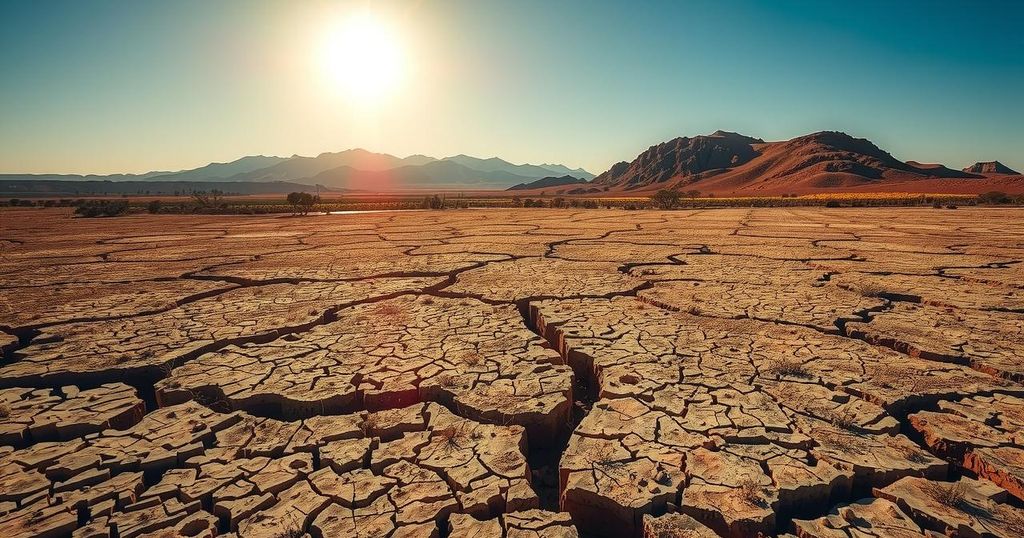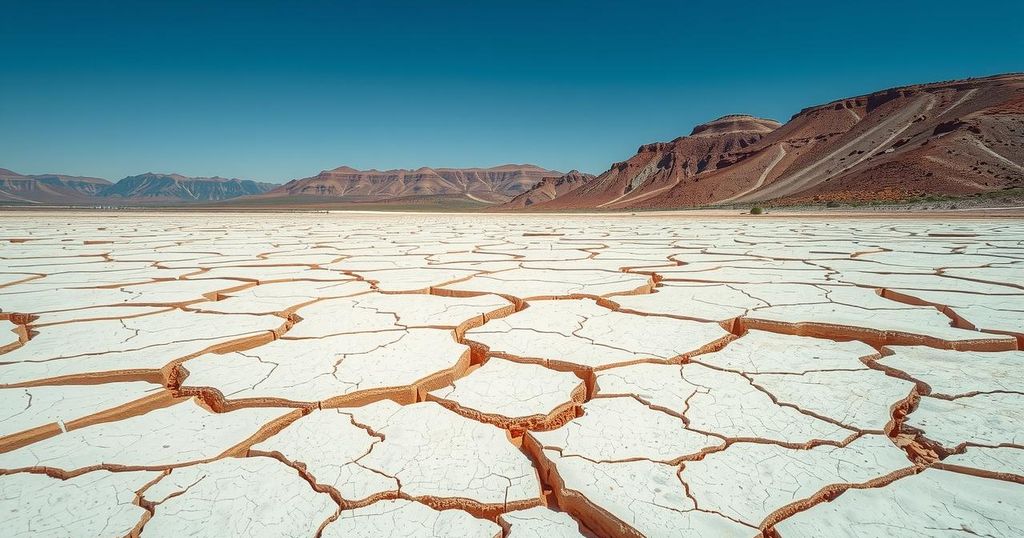Unveiling the Past: How Sediments Reveal Climate Change and Natural Disasters
Sediments act as historical records, enabling scientists to analyze past climates and natural disasters through sediment coring. By studying the composition of sediments and microfossils, researchers uncover significant geological events, such as tsunamis and volcanic eruptions, and their influence on environments. These insights are crucial for predicting future climate impacts, emphasizing the relationship between climate change and geological phenomena.
Sediments serve as invaluable time capsules, providing insights into historical climate changes and their impact on landscapes. Scientists utilize sediment coring techniques to extract samples from various environments, such as peat bogs, lakes, and oceans, allowing for in-depth analysis of these layers. Each stratum reveals critical information concerning past climatic conditions, where darker organic materials signal warmer, wetter climates, while lighter, mineral-rich layers indicate cooler, drier periods.
In addition to visual analysis, sediments house microfossils, such as pollen and diatoms, which are pivotal in reconstructing previous ecosystems. For instance, pollen can trace plant populations, demonstrating geographical shifts as climates fluctuated. Historical events, such as glaciations, pushed flora southward, leaving certain regions, like the Mediterranean, as sanctuaries for biodiversity. Diatoms, crucial for oxygen production, reflect past water conditions, helping scientists map historical climates through their diverse species that are sensitive to environmental changes.
The evidence gleaned from sediments also portrays natural disasters, such as floods and tsunamis, revealing patterns of extreme events that have occurred through history. Recent occurrences of catastrophic weather highlight the ongoing effects of climate change. For instance, sediments from the east coast of Scotland uncovered remnants of a devastating tsunami sparked by a Norwegian submarine landslide approximately 8,150 years ago, demonstrating how geological phenomena can coincide with climatic shifts.
Moreover, volcanic activity unveiled by sediment analysis illuminates the scale and impact of past eruptions, such as the significant event from Mount Mazama around 7,600 years ago. The volcanic ash dispersed significantly, indicating far-reaching ecological impacts. Analyses suggest a connection between climatic factors and volcanic activity, as past warming trends may have triggered these tumultuous events through the melting of ice sheets, affecting geophysical stability.
In conclusion, sediment studies are critical for understanding both past and future climate behavior and natural disaster patterns. By examining these geological records, researchers can formulate predictions regarding the implications of contemporary climate change on natural disasters, enhancing preparedness for potential future events. As climate change continues to alter landscapes and intensify weather events, the ability to decode sediment data becomes increasingly vital for safeguarding ecosystems and communities against forthcoming challenges.
The study of sediments provides an intricate view of how climate fluctuations have influenced Earth’s landscapes and ecosystems over millennia. In disciplines such as geology and paleoclimatology, scientists explore sediment layers to reconstruct historical climates, offering insights into the environmental conditions that have existed before human records. This field of research underscores the significance of understanding past occurrences in order to predict future climatic and geological dynamics, especially in the face of ongoing climate change.
Through detailed sediment analysis, researchers can uncover past climatic events, enabling them to forecast the likelihood of future natural disasters. The interplay between climate change, geological events, and ecological shifts is complex, yet understanding this relationship is imperative as contemporary conditions evolve. Such knowledge helps in strategizing responses to mitigate the impacts of extreme weather in an increasingly unpredictable world.
Original Source: theconversation.com




Post Comment